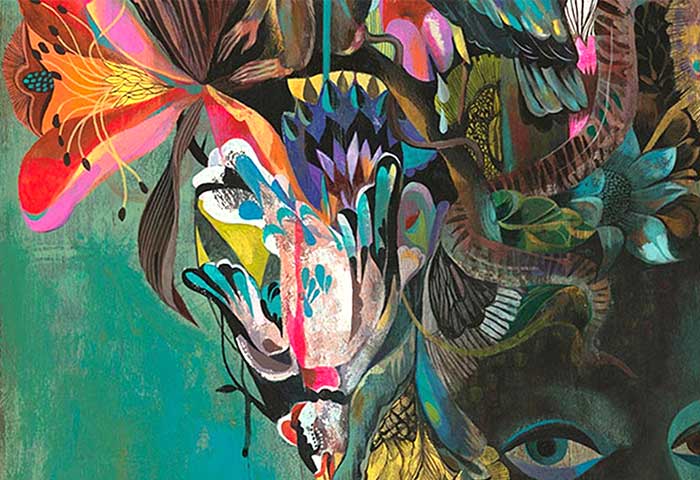[ad_1]
Children in kindergarten, and sometimes sometimes in preschool, are expected to learn to print the letters of the alphabet correctly. However, often these young children have not developed fine motor skills adequately to enable them to experience success when forming the required letter shapes.
Many articles have been written to address the technical aspects of early writing and / or pre-writing skills, suggesting for example that children practice with writing tools, such as crayons and pencils. These articles may encourage tracing shapes and having an adult model using the correct pencil grip. Some articles encourage the development of early fine motor skills by suggesting the child be given opportunities to use play dough and scissors. These are all valid suggestions.
There is another key factor, however, beyond the technical aspects of letter formation, which can radically impact a young child's ability to be successful in forming letters or writing simple words. This key factor is motivation.
For many young children, there is little intrinsic motivation to complete the pages of a mandatory handwriting practice booklet or to spontaneously practice forming letters. Letters are abstractions, which may have little or no meaning to children at this age. Thus they may feel little interest in practicing writing skills, beyond whatever practice is required by the teacher.
However, there is a simple way to engage children, and motivate them to happily practice the same technical skills that will lead to success in forming letters.
Young children love to draw. Initially, they scribble for the joy of making marks on a paper, and for the fun of using colors. Markers, crayons, and paintings are 'hot' items in any preschool or kindergarten bedroom.
There comes a time, however, when young children want to depict on paper an image which they are envisioning in their mind's eye, and they can become quite frustrated when they are unable to do this. Children often do not know how to break-down the drawing process, taking a whole image and separating it into the more simple, individual pieces which they are capable to draw. Teaching children to visually recognize the discrete components of whatever they are trying to draw, and helping them learn to put these in an appropriate configuration on a paper, allows them to create a drawing which looks recognizably close to that whole image which they are trying to create. It is this desire upon which we capitalize … the desire to depict on paper those images that the children are envisioning in their mind's eyes.
I have used a technique, which I call Model Drawing, with great success in both preschool and kindergarten classes. With Model Drawing, I work on a whiteboard in front of a group of students, each of which has a paper, pencil, and eraser. My first Model Drawing project is usually drawing a person. Later projects include vehicles, buildings, and animals.
We begin each Model Drawing project by talking about the item that we are going to draw, beginning with a person. We first discuss the variations among people. The children offer their ideas, and if needed, I prompt with questions. Together we notice the fact that people differ in terms of attributes such as height, weight, hairstyles, skin tones, etc. This sets the stage to honor each child's creativity and varying ability, ensuring that the children will expect and accept variations when they look at each other's drawings.
This part of the discussion … noting the variations … is followed by the observation that there also are some definite similarities. As we discuss the similarities, the drawing begins. It is an interactive process, in which I lead the way through discussion to focus the children's attention on some particular part or attribute of the subject being drawn.
Step by step, as we are talking about each similarity, I draw that particular part on the board in front of the class. I draw the shape of a head, and the students draw something similar on their papers. I walk around the room, to ensure that each child has something recognizable on his / her paper. Then we go on the next part. We all have two eyes. After a mini-discussion about the shape, size, and placement of eyes, I add them to my model drawing, and again, walk around the room to make sure each child has been successful in his / her attempt to draw two eyes. We continue on to the nose, mouth, ears, and hair, following the same procedure.
For very young children, completing a drawing of a head may be the first day's total project. For older children, we may move on to add a body, neck, arms, legs, and so on, continuing to add body details in accordance with the skill levels of the students. My goal is to ensure that they are successful because the students who begin to gain skills in drawing will choose again and again to practice it spontaneously.
I have noticed that the children are very motivated to draw. They want very much to be able to make recognizable pictures, and they will spend many happy hours drawing if they are satisfied with their results. They also help each other, theby reinforcing their own skills while adding opportunities for their classmates to observe how a peer completes a challenging task.
Of course, as the children draw, I know that they are developing the same fine motor skills that they will need to be successful in forming letters. And in fact, I have noticed that the children who are able to draw simple people, houses, vehicles, and animals, are the same children who are able to most easily and successfully form letters when that is asked of them.
[ad_2]
Source

